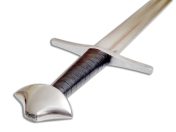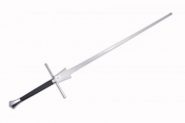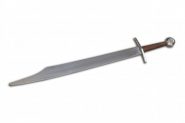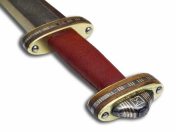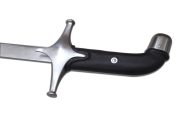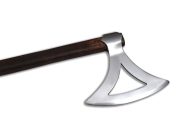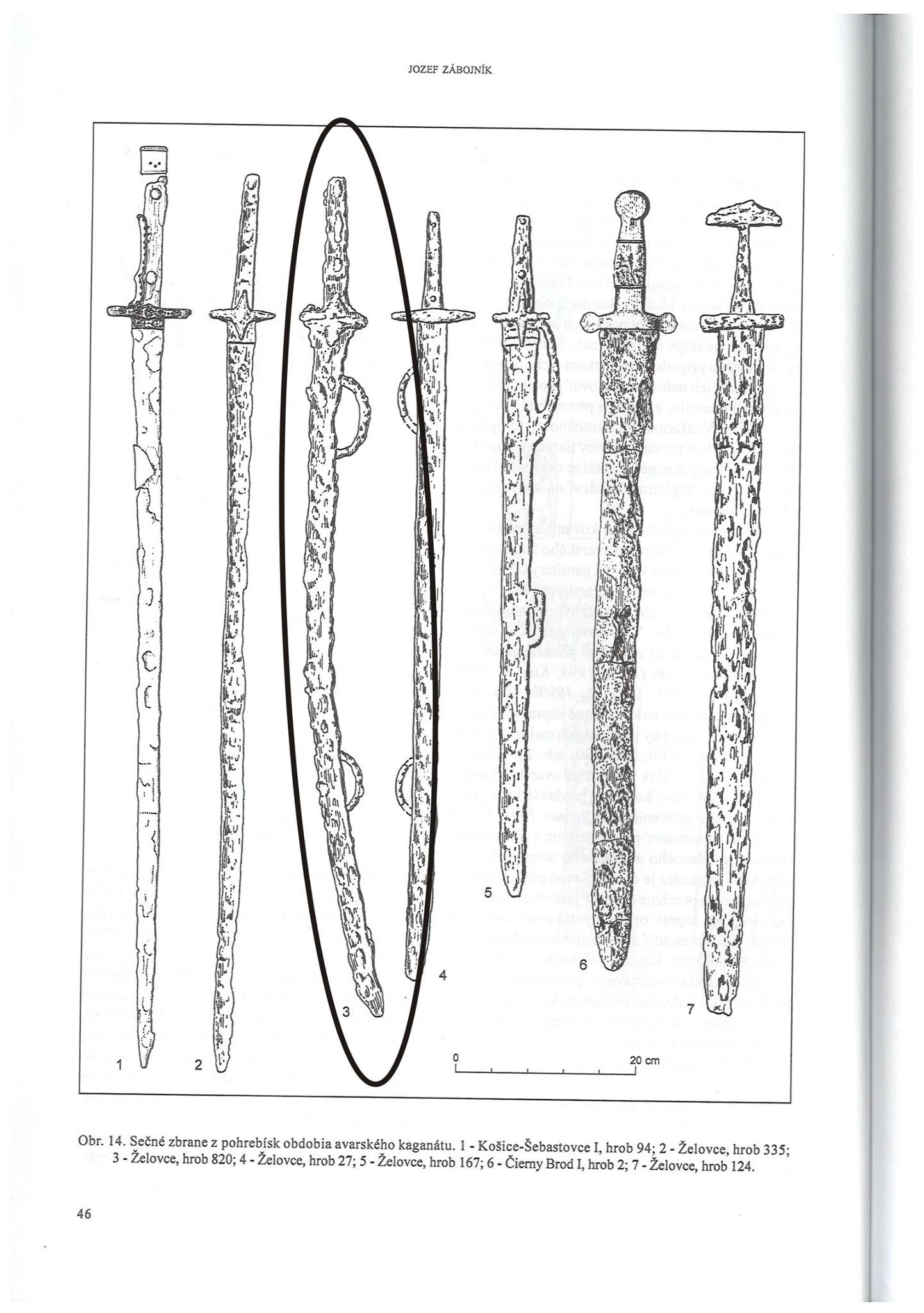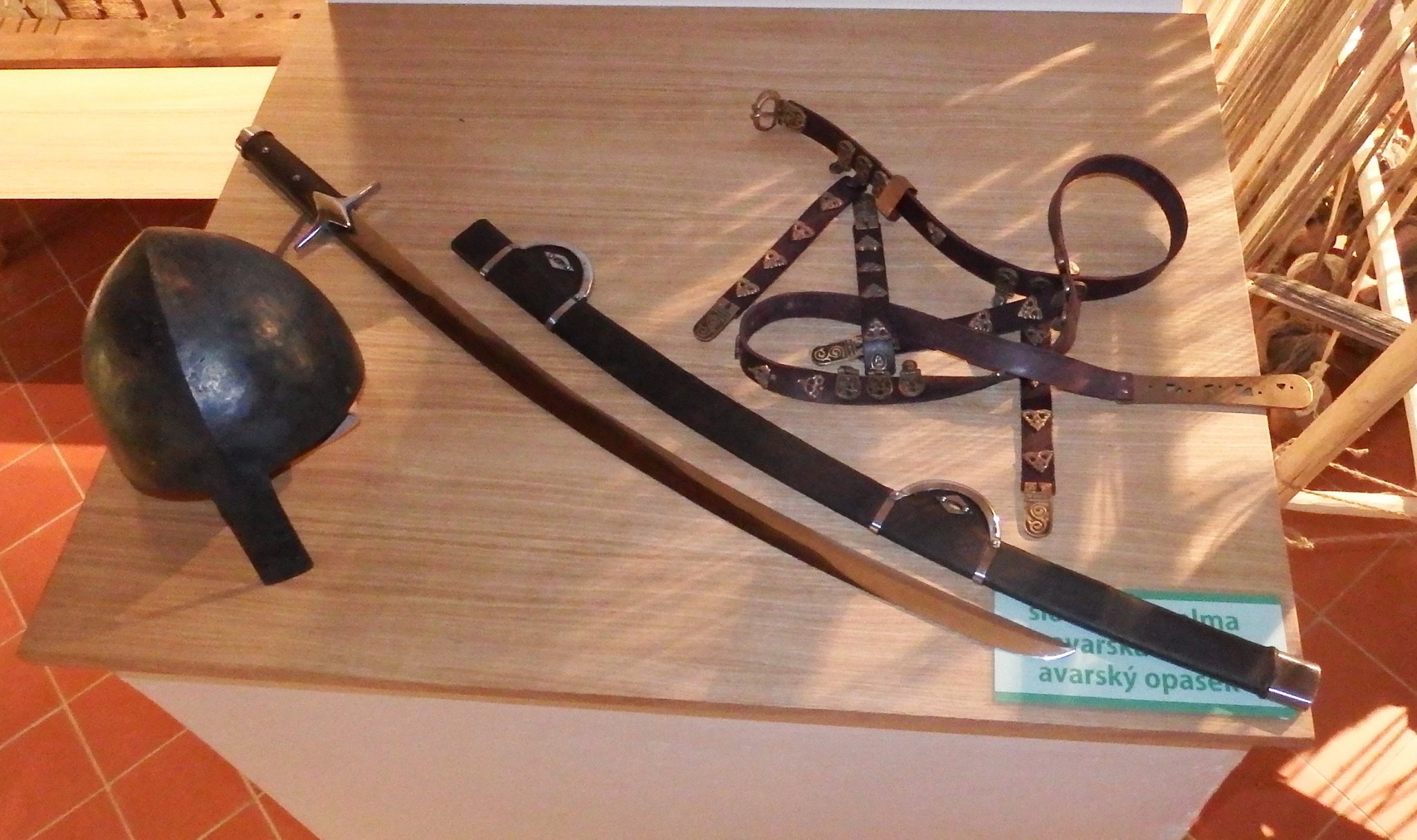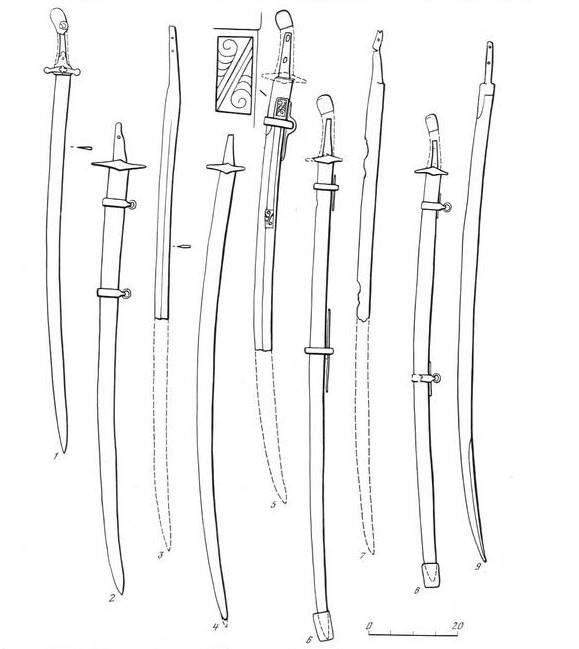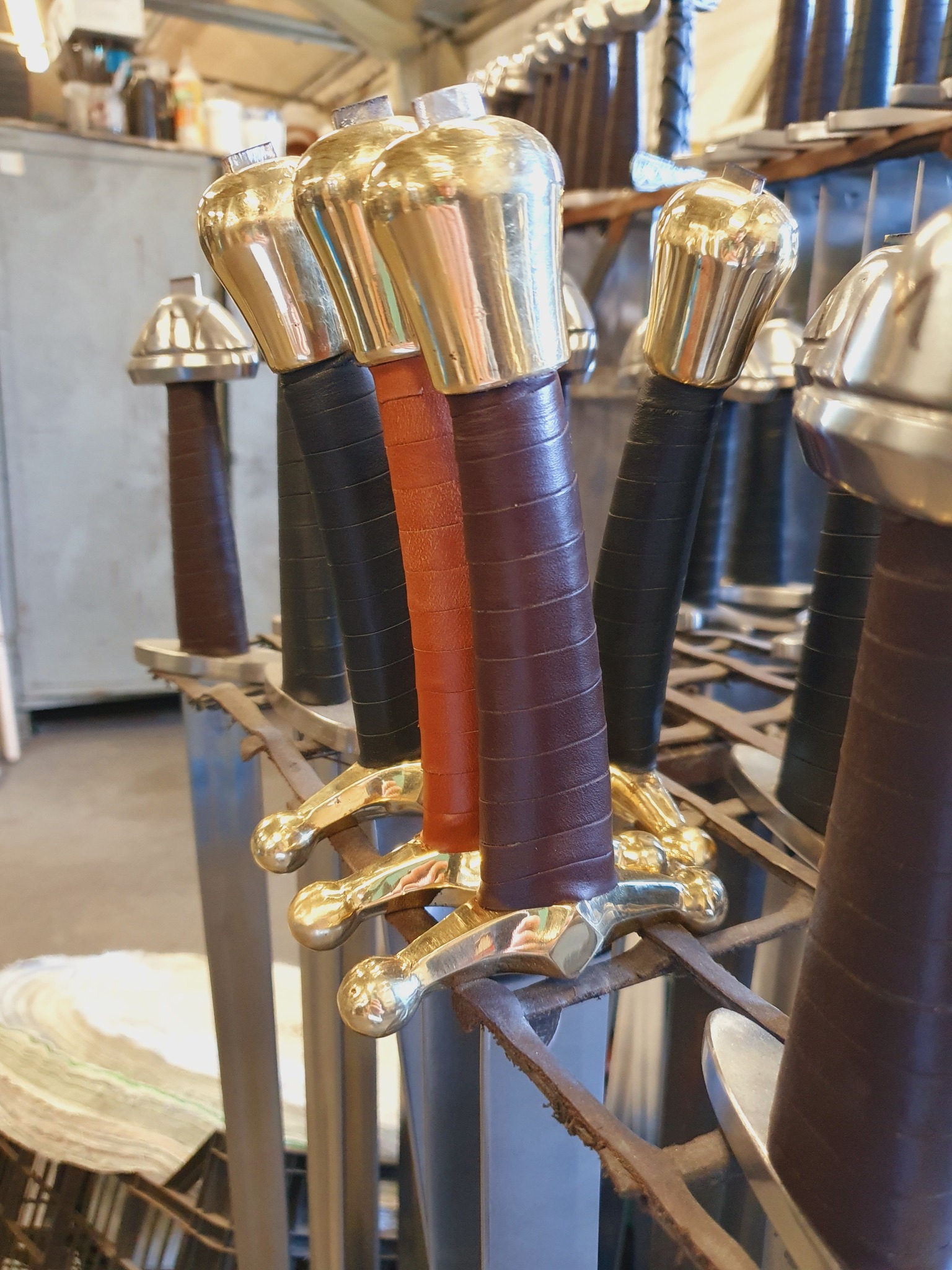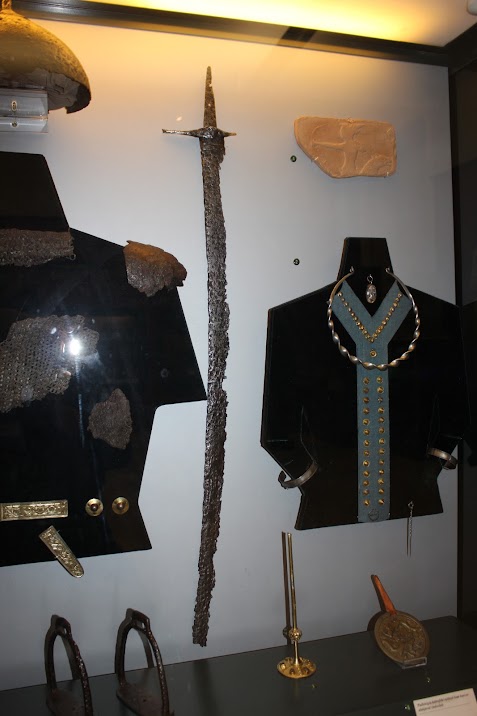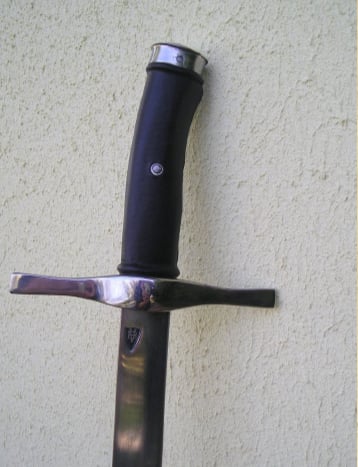The first sabers arrived in Europe with the Avars and, a bit later, with the Magyars. This curved, single-edged cavalry "sword" gradually evolved, becoming the ultimate weapon of choice for European cavalry. In this blog post, we will explore Early and High Medieval sabers in Europe, examining historical artifacts and VB products.
The modern English saber, French sabre, German Säbel, and Polish szabla all originate from the Hungarian word szablya, which means "to cut" or "to crop." The word itself most likely traces its roots to the Manchu-Tungusic language family.
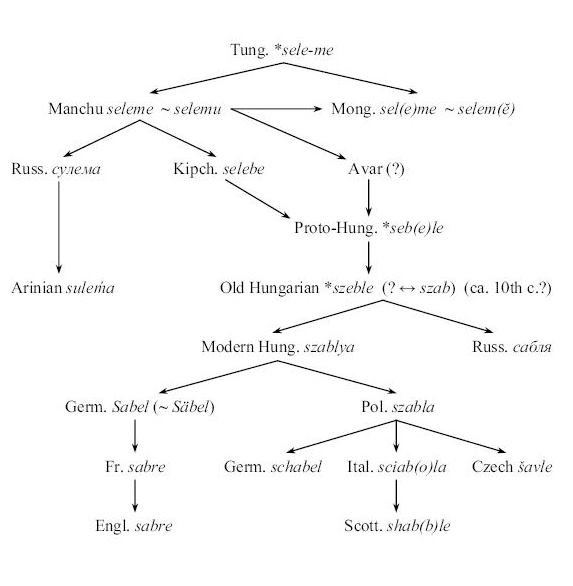
The first Avar sabers that the Franks had to parry on the battlefield were slightly curved, single-edged weapons with hilts constructed similarly to knives.
Their guards were typically + shaped, designed to fit the complex, multi-layered scabbards. The cup at the end of the hilt functioned as a counterbalance, similar to a pommel.
Despite their effectiveness, sabers were not as common as double-edged swords within the Avar army. However, just a few decades later, the sabers of the Magyars (Hungarians) became a feared weapon across Europe.
(VB reconstruction of an Avar saber for a Museum in Pardubice, Czech Republic)
The Magyar invasions were brutal, relying on a "hit fast, plunder, and move on to the next target" strategy. Much like the Vikings of the same period (but on horseback) the Hungarians traveled light and moved swiftly. In close combat, when bows or lances were ineffective, the saber proved to be the perfect weapon at their side.
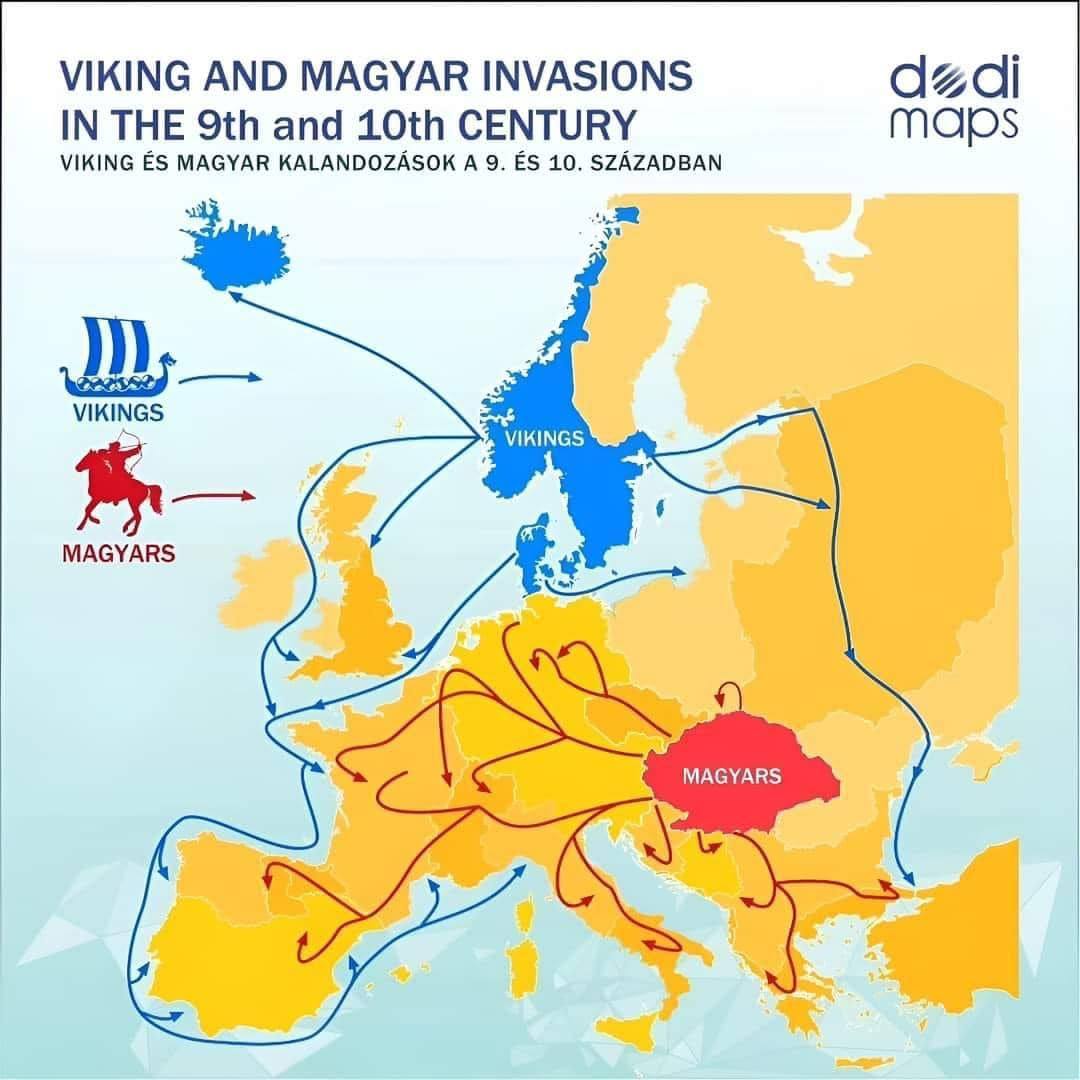
Many sabers have been found, especially in the Carpathian Basin, where the Magyars established their center of power. These sabers differed from Avar designs, often featuring a sharpened first quarter of the false edge (fokél). The hilts were also curved, with short guards that typically ended in small orbs on both sides.
Many of these sabers were richly decorated with silver and gold plates, as seen in the famous saber discovered at Karos.
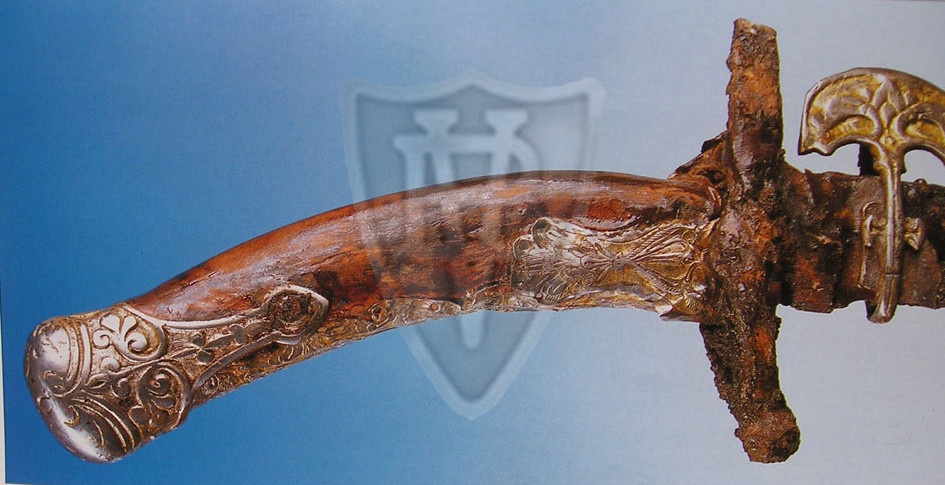
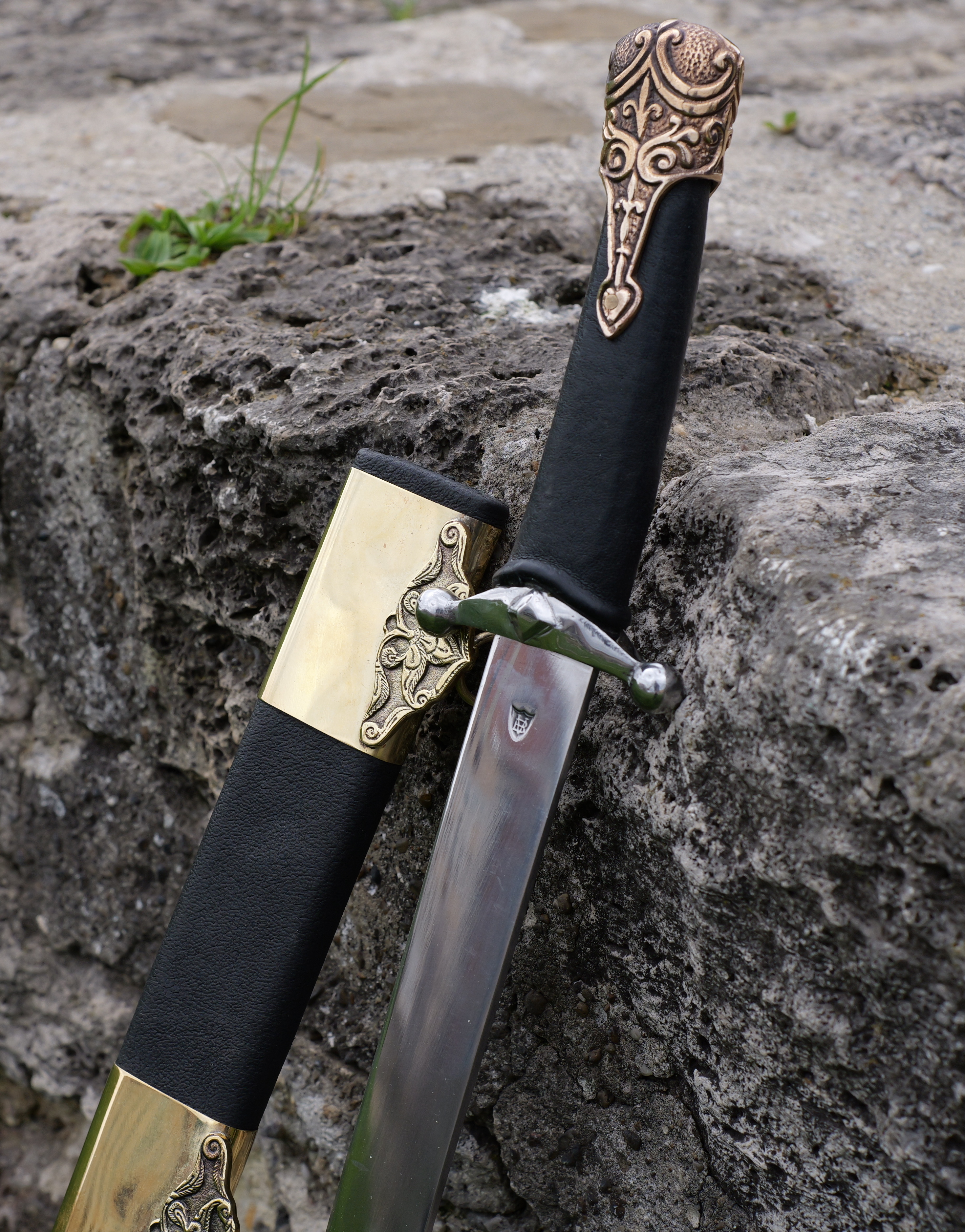
"Karos" - The original and the simplified brass or bronze plated VB version for reenactment fights.
Less decorated sabers have also been found in the graves of Magyar warriors across Hungary, sharing a similar construction. The "Zoltán" and "Farkas" sabers were created for reenactors portraying common Magyar or other nomadic warriors in Europe. Their design even shares similarities with 11th–13th century sabers.
11-13th century sabers from Eastern Europe and „Farkas” sabers in progress with different grip colors
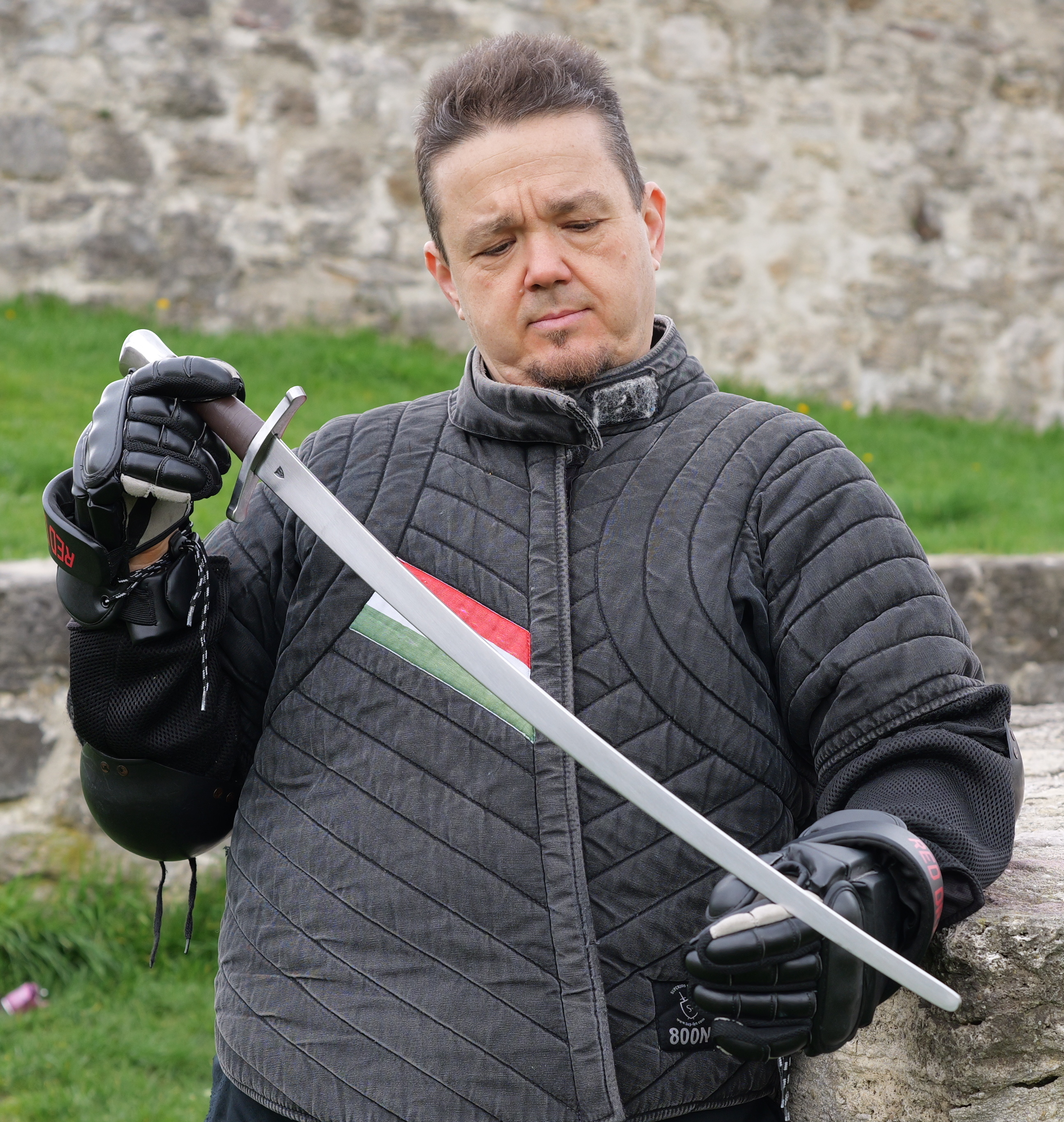
"Steppe Wind" ultralight saber in the hands of István a HEMA fencer
Interestingly, precious metal decorations on sabers began to disappear around the 11th century, while straight, double-edged "Norman" swords became more popular and fashionable in Central Europe. A simple explanation for this shift is the rise of newly formed Christian kingdoms, such as Hungary and Poland, around 1000 A.D.
By the 12th century, sabers reappeared with the arrival of migrating Cumans and Pechenegs. These later designs often featured straighter hilts and longer guards.
Saber from Sárbogárd and a similar VB “Cuman” saber for contact fighting.
How have these sabers survived and evolved over time? Stay tuned for our next post, where we'll explore this in more detail.


